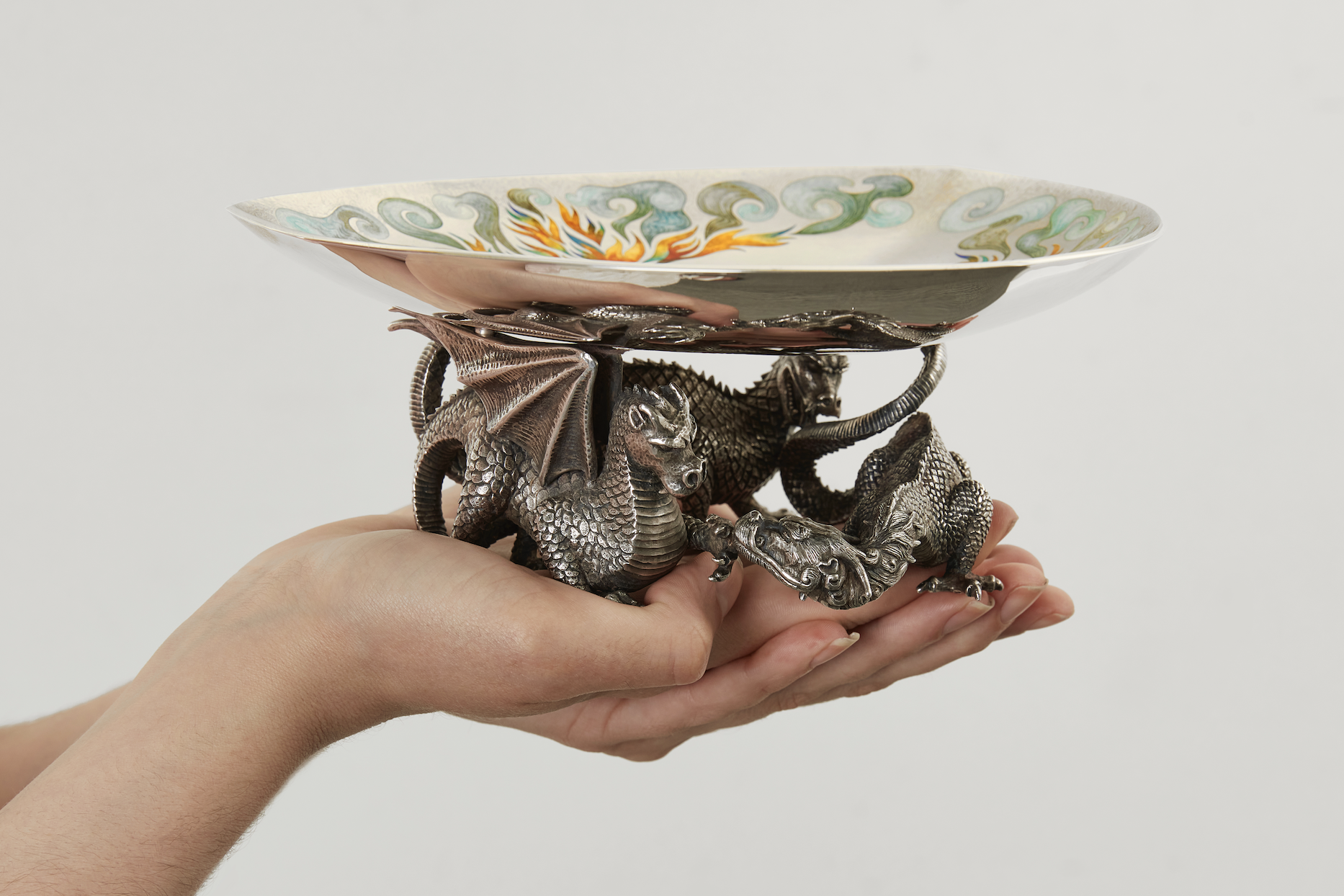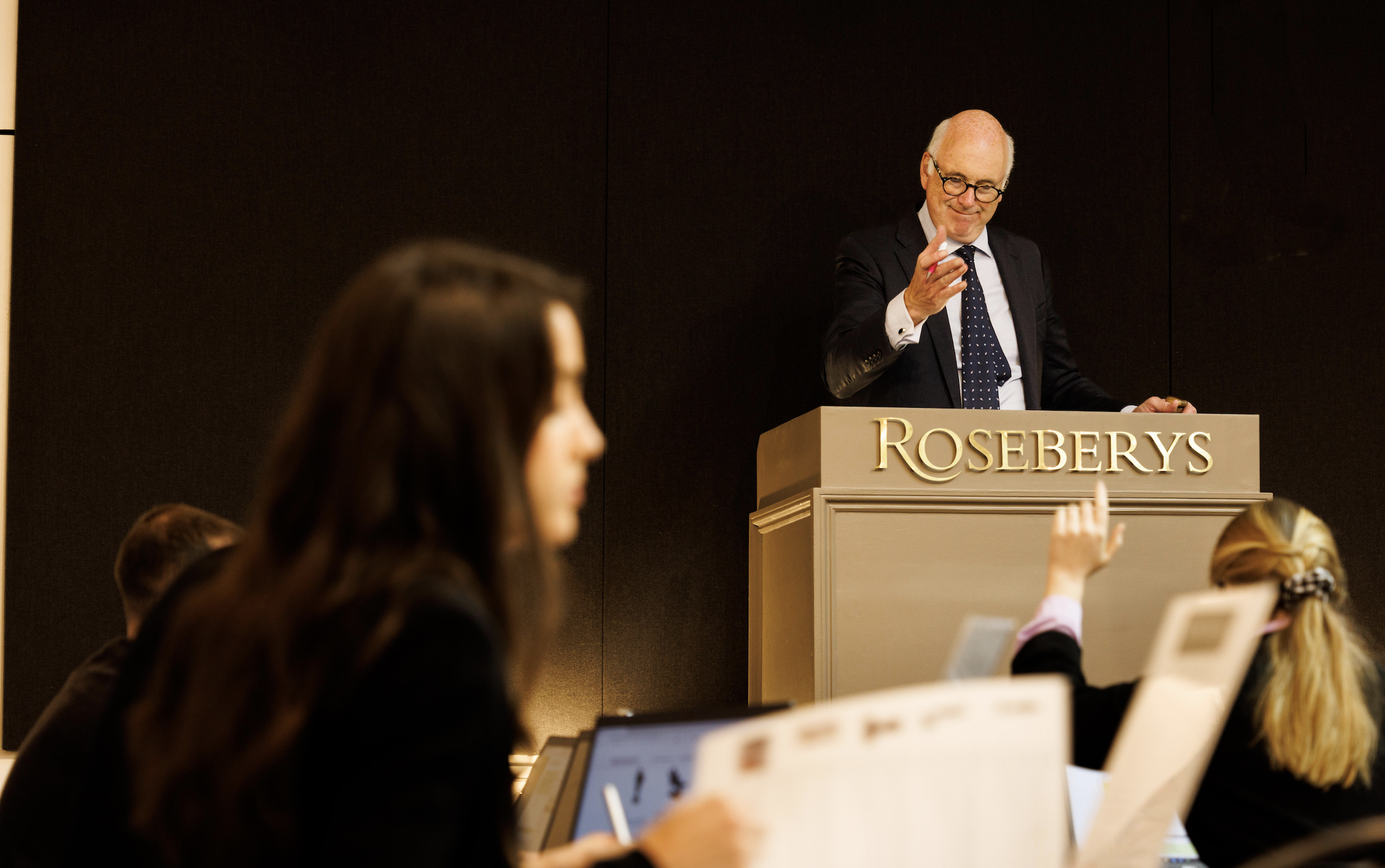Investing in art, whether through participating in auctions at auction houses or purchasing art at galleries, has indeed gained significant attention in recent years. It has attracted individuals who are looking to diversify their investment portfolios and immerse themselves in the creative world. This articles delves into the various factors that make art an appealing investment option, examining the potential returns, intrinsic value, and considerations involved. By exploring the art market and understanding the dynamics of art investment, this article aims to provide valuable insights for those interested in exploring the potential of investing in contemporary art.
Seizing the Moment: Why Now is an Ideal Time to Invest in Art
Now is an opportune time to invest in art and fine art due to several factors that create a favourable environment for potential returns. Firstly, the increasing globalisation of the art market has expanded access to a broader range of artists and artwork from around the world. Technology and online platforms have made it easier than ever to buy and sell art, democratising the market and increasing transparency. Additionally, the growing interest in art and cultural events, coupled with the rise of technological advances, has fuelled greater awareness and demand for artwork. This heightened demand has resulted in increased liquidity and transaction volume, providing investors with more opportunities for buying and selling at auction houses. Furthermore, in many parts of the world, the current environement, has pushed investors to seek alternative investments that can offer potential higher returns. Art, with its potential for both financial appreciation and personal enjoyment, has emerged as an attractive option for diversifying investment portfolios. By investing in art, individuals can potentially capitalise on the evolving dynamics of the market and position themselves for future growth and value appreciation.
The Potential Returns of Investing in Art
Investing in art presents the opportunity for substantial returns. Artwork from renowned artists have demonstrated the potential to appreciate significantly in value over time, making art an attractive investment option. The art market and fine art auction houses have displayed resilience, with artwork fetching remarkable prices at auctions and private sales. Investing in established artists or emerging talents with growth potential can position investors, including art investors, for potential long-term gains. However, it is important to acknowledge that the art market can be unpredictable, and thorough research is essential to identify promising opportunities. Factors such as the artist's reputation, historical significance, and demand for their works can greatly impact the returns. Monitoring market trends, attending art fairs and exhibitions, and consulting art advisors can provide valuable insights into the the benefits and returns of the investments conducted.
The Intrinsic Value of investing in art
Art investment and the appreciation of fine art extend beyond financial considerations. Art possesses an inherent value that transcends monetary aspects. Owning art provides aesthetic pleasure and cultural enrichment, allowing investors to derive enjoyment and inspiration from the artworks. Art also carries historical and cultural significance, contributing to its allure as an investment asset. Supporting artists and their creative expressions fosters a sense of cultural appreciation and contributes to the preservation and promotion of artistic heritage. Furthermore, art investments can serve as a tangible way to engage with and contribute to the artistic community, supporting artists' careers and contributing to the growth and development of the art world. Art collections can become legacy assets, representing personal taste, values, and cultural contributions.
Assessing and Mitigating Risks in Art Investment
Like any investment, art carries inherent risks that need to be considered and managed. The subjective nature of art valuation and market fluctuations pose potential challenges. Factors such as artist reputation, provenance, condition, and market demand influence the value of artwork. Mitigating risks involves conducting thorough research, consulting industry experts such as art advisors, and staying informed about market trends. Diversifying the art portfolio across different artists, styles, and mediums can help spread risk and minimise the impact of market volatility. Additionally, purchasing art from reputable sources, ensuring proper documentation and provenance, and investing in artwork that aligns with personal taste and interest can contribute to risk mitigation in art investment.
Factors to Consider in Art Investment
When considering art as an investment choice, several factors warrant careful consideration. Understanding the artist and their body of work is crucial. Researching the artist's background, education, artistic style, and critical acclaim provides insights into their potential for future success. Evaluating an artist's trajectory and the market demand for their artworks can help gauge their growth potential. Additionally, considering the artist's uniqueness, originality, and contribution to the art world enhances the investment appeal. Art collectors, art advisors, and art investors should also keep a pulse on the art market, staying informed about emerging trends, major art events, and shifts in consumer preferences. Understanding the dynamics of the art market and its relationship with broader economic factors can assist investors, including art investors, in making informed decisions.
Building a Diverse Art Portfolio
Diversification is a key strategy in art investment and for art investors. Building a diverse art portfolio helps spread risk and capture potential rewards. Exploring artists working in different mediums, styles, and stages of their careers can create a balanced and dynamic portfolio. Investing in established artists provides stability, as their reputation and value are already established. Emerging artists, on the other hand, offer potential for significant returns as their careers evolve and gain recognition. Balancing investments between established and emerging artists can provide a blend of stability and growth opportunities. Furthermore, diversifying across different art genres, periods, and regions can provide exposure to various segments of the art market, leveraging the potential for growth and diversifying exposure. Art advisors and experts can provide guidance on portfolio diversification strategies, considering personal preferences, investment goals, and risk tolerance.
Nurturing Relationships and Expert Insights
Investing in art involves more than solely acquiring artwork. Building relationships with artists, attending exhibitions, and engaging with the art community can provide valuable insights and opportunities. Connecting with curators, an art advisor, and other experts in the field can offer a deeper understanding of artists' work, market trends, emerging opportunities and art prices fluctuations. Staying informed about the evolving dynamics of the art market and nurturing connections within the artistic community can enhance the investment experience. Art-related events, auctions, and art fairs at auction houses provide avenues for networking, learning, and exploring new investment possibilities.
Other ways to invest in art
In addition to traditional ownership, there are alternative ways to invest in art that provide opportunities for individuals to participate in the art market. One such option is through art investment funds. These funds allow investors to acquire a stake in a collection of art without individually owning the pieces. One notable example is the MasterWorks Fund, which specialises in buying art through auctions on behalf of its investors. The fund acquires art pieces and holds them, aiming to sell them for profit in the future. To ensure compliance and transparency, the firm is registered with the Financial Conduct Authority (FCA) and offers shares based on the fund's interests. By investing in art funds like MasterWorks, individuals can gain exposure to a diversified art portfolio and potentially benefit from the appreciation of the artworks within the fund.
A Fulfilling Path for Investors
 Start your art investment journey with Roseberys
Start your art investment journey with Roseberys
Investing in art has the potential to provide both financial gains and personal fulfilment. By considering the factors involved, such as potential returns, intrinsic value, risk assessment, and portfolio diversification, individuals, including art investors, can make informed decisions about investing in art. Engaging with the art community, staying informed about market trends, and seeking expert insights further enhance the investment experience. As with any investment, careful consideration, research, and risk management are essential. Investing in art can be a rewarding endeavour that not only diversifies investment portfolios but also contributes to the preservation and appreciation of artistic heritage.
If you have any further inquiries or require additional assistance, do not hesitate to contact us. We would be delighted to provide you with detailed information regarding our auction calendar and assist you in initiating your art investment journey with Roseberys. Additionally, we invite you to explore our comprehensive online buying guide, which offers a clear and concise understanding of the initial steps to embark upon.





